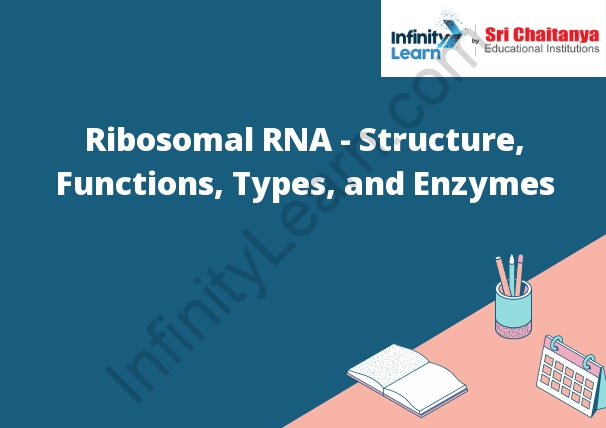Table of Contents
mRNA, tRNA and rRNA
mRNA is the messenger RNA. It carries the genetic information from the DNA to the ribosomes, where it is used to create proteins. tRNA is the transfer RNA. It links the mRNA to the ribosomes, and helps to create the proteins. rRNA is the ribosomal RNA. tRNA helps to create the proteins. Ribosomal RNA – Structure Functions.
There are three different types of RNA: mRNA, tRNA, and rRNA. mRNA carries the genetic information from the DNA to the ribosomes, where it is used to create proteins. tRNA is the transfer RNA. It links the mRNA to the ribosomes, and helps to create the proteins. rRNA is the ribosomal RNA. It helps to create the proteins.

Basic Structure of RNA
The basic structure of RNA is a chain of four nitrogenous bases: adenine, guanine, cytosine, and uracil.
Functions of RNA
RNA is a molecule that is involved in the process of protein synthesis. It is responsible for the translation of the genetic code into proteins. RNA is also involved in the regulation of gene expression.
tRNA – Transfer RNA
The transfer RNA molecule is a small RNA molecule that transfers an amino acid to a protein in a cell. The transfer RNA molecule also has a three-dimensional structure that is specific to the amino acid that it carries.
rRNA – Ribosomal RNA
rRNA is a type of RNA that plays a key role in the ribosome, which is responsible for protein synthesis. rRNA helps to assemble the proteins that make up the ribosome, and it also helps to catalyze the translation of mRNA into protein.
mRNA – Messenger RNA
Protein synthesis begins with the initiation of translation, which is the process of reading the mRNA sequence and creating a protein molecule.
There are 64 possible codons, each of which codes for a specific amino acid.
The sequence of codons in mRNA determines the sequence of amino acids in the protein.
Protein synthesis is a complex process that involves the participation of numerous enzymes and other proteins.
Structure of tRNA
The structure of tRNA is very complex.
The tRNA molecule, also known as sRNA (soluble RNA), serves as an adapter.
It has a three-dimensional shape that is complementary to the sequence of codons on the mRNA molecule. The tRNA molecule binds to the mRNA molecule at the codon and brings the amino acid that corresponds to that codon to the ribosome.
The small subunit binds to the mRNA molecule and the large subunit binds to the tRNA molecule.
The anticodon loop in tRNA has bases that are complementary to the code.
Anticodon loop is a region of tRNA that contains the anticodon, a three nucleotide sequence that is complementary to a particular codon in mRNA. The anticodon loop is important for the translation of mRNA into protein, as it is the site at which tRNA recognizes and binds to codons on mRNA.
It binds to an amino acid acceptor at one end.
It has a peptide bond linking it to the next amino acid at the other end.
tRNA’s secondary structure resembles a cloverleaf.
The secondary structure of tRNA is a cloverleaf.
The tRNA molecule has a compact structure that resembles an inverted L.
Ribozymes (RNA Enzymes)
In nature, enzymes are proteins. Ribozymes are important in the replication of viruses, in the production of proteins, and in the regulation of gene expression. Ribosomal RNA – Structure Functions.









